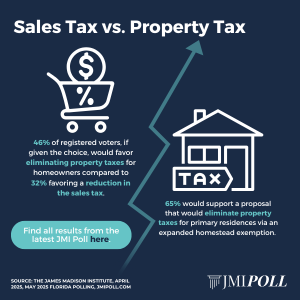While the majority of Americans say religion and God should have a role in society, the number of people attending churches and other religious institutions are on the decline.
Gallup reports that church membership is down from 70 percent in 1999. The latest Gallup poll finds only half –50 percent– of those surveyed say they are a member of a church, synagogue or mosque.
That number has dropped in recent years. In 2013, Gallup reported 59 percent of Americans said they attended a church. This is the first time in Gallup’s polling, which goes all the way back to 1938, where there has been a trend showing fewer Americans going to church.
Gallup noted that younger Americans are increasingly abandoning religious organizations with only 42 percent of millennials saying they are a member of a religious congregation.
There are also partisan and political differences on the matter. Back in the late 1990s, 71 percent of Democrats and 77 percent of Republicans said they were members of a church. Now, only 48 percent of Democrats and 69 percent of Republicans say they are a member of a church.
Between liberals and conservatives, there was even a bigger divide. While 67 percent of conservatives said attended religious services, 37 percent of liberals said they belong to a religious congregation. That last number is a major drop from the late 1990s when a solid majority of liberals–56 percent–said they attended church.
Church membership across the nation stood at 70 percent or higher from 1937 through 1976 falling modestly to an average of 68 percent in the 1970s through the 1990s. Over the past 20 years, there has been a rapid decline with a 20-percentage-point drop since 1999 and more than half of that change occurring since the start of the current decade.
Gallup noted when it conducted this survey, it compared church membership data for the 1998-2000 and 2016-2018 periods, using combined data from multiple years to facilitate subgroup analysis. On average, 69 percent of U.S. adults were members of a church from 1998-2000, compared with 52 percent from 2016-2018.
“Results are based aggregated data from Gallup telephone interviews with random samples of U.S. adults, aged 18 and older, living in all 50 U.S. states and the District of Columbia,” Gallup noted. “Annual trend results on church membership are mostly based on samples of at least 2,000 U.S. adults and have margins of sampling error of ±3 percentage points at the 95 percent confidence level. Results for the 1998-2000 aggregated data are based on interviews with 7,184 national adults and have a margin of sampling error of ±1 percentage point at the 95 percent confidence level. Results for the 2016-2018 aggregated data are based on interviews with 7,688 national adults and have a margin of sampling error of ±1 percentage point at the 95 percent confidence level.”
Contact Ed at Ed.Dean@FloridaDaily.com.















